For a long time in the past, when we talked about projectors, our impressions always seemed to return to that student class. There was a huge machine hung in the middle of the classroom, with a giant VGA cable. Within five minutes after the power is not re-started, the amount seems to be exposed to age... Anyway, projection has occupied the most cumbersome position in digital products for a long time, but now any product will change. In a small, smart era, projection also ushered in its spring. The PaPa phone projection recently sent to test is a typical example. It came from the elephant run of a domestic startup company that was just established in 2014. This company last year tested its first PaPa pocket cinema. The machine has been said to be quite lightweight, and the size of the PaPa phone projection is even smaller, only 8.58.51.6cm.
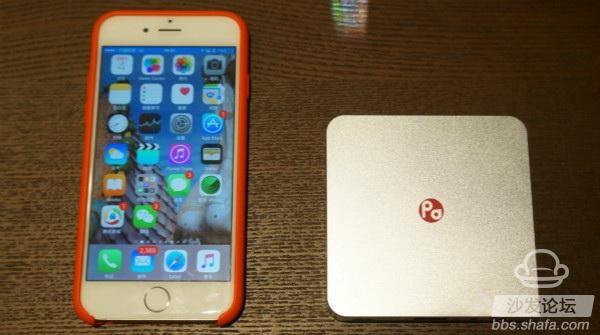
The compact body and aluminum material make PaPa's mobile phone projection look exquisite, and the machine's workmanship can't pick any faults. As a start-up brand, the product looks very satisfying. Although very small, but PaPa mobile phone projection or built a lot of things, such as it comes with Floor Audio, also built a 1900mAh lithium battery, can play up to 1.5 hours of continuous video, and the body is also equipped with Micro USB, Mini HDMI and USB three peripheral interfaces, Micro USB is used to charge, the other two interfaces can be connected to notebooks and other high-definition devices or directly into the U disk.

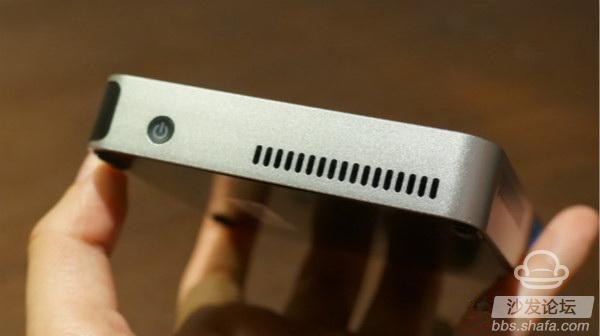
In terms of wireless connectivity, PaPa's mobile projection supports the Miracast standard common to most Android devices, Apple's own Airplay standard, and the DLNA standard that has been popularized even earlier. These three standards allow PaPa phone projection to work with all Apple devices and most of them. The Android device is wirelessly connected and displays the contents of the user's initiative in screencasting or mirroring the screen on the mobile device. The connection between the mobile phone and the projection is based on WiFi. After the connection is completed, the two-dimensional code of the main interface of the scanning projection can be reacquired.

According to official data, PaPa's mobile projector supports clear delivery of 15-inch to 100-inch screens. It does not support active focusing and requires the user to adjust the clear picture by adjusting the focus wheel on the camera body after the user has set it up. In my actual test, if I want to show very clearly, I can't cast too much, because even if there is no problem with the clarity, the brightness will be too dark.

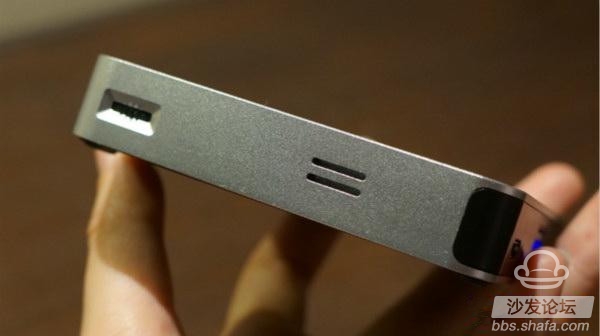
The previous generation PaPa pocket cinema was equipped with a stand, but perhaps to emphasize the mobile experience more, this accessory disappeared in the PaPa cell phone projector, and there was no shelf to open the package, and there was no hole in the bottom of the machine to receive the shelf. I also Excited, thinking that it can be projected on the side of the table, but I think more... If you put the machine on the table, the screen shot is like this:

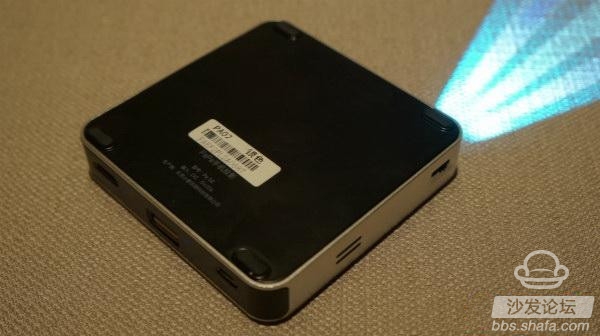
So you have to put it on the table and throw it against the wall, or take it and put it up. My family doesn't really have a big wall, so I basically use it like this:
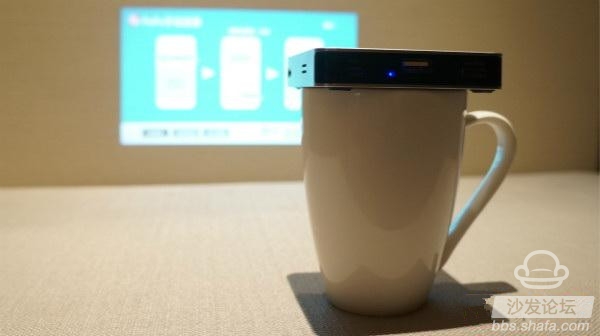
For the stability of the connection, I feel that there is a big relationship with the mobile phone and WiFi environment. For example, when I use it in the company, I don't want to even load the contents of the iPhone 6 Airplay Tencent video, but when I go home, The success rate is much higher (China Unicom 50M broadband), but at home when trying to connect with the iPod Touch 5 is also not loaded, I guess the need for certain network conditions and the hardware conditions of the phone can be successfully used.
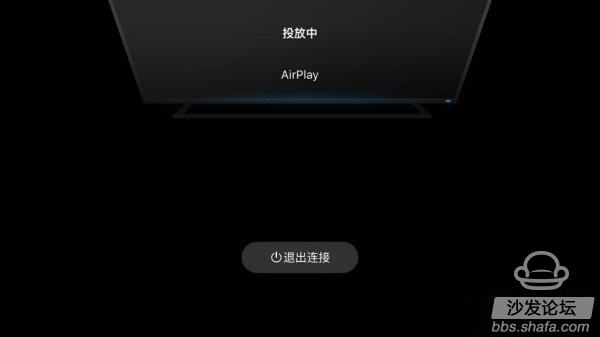
However, there are no problems with the local videos and pictures in the broadcast mobile phone, unless the local file is very high in resolution, and occasionally there is a bit of Caton, and the others are still within the acceptable range.
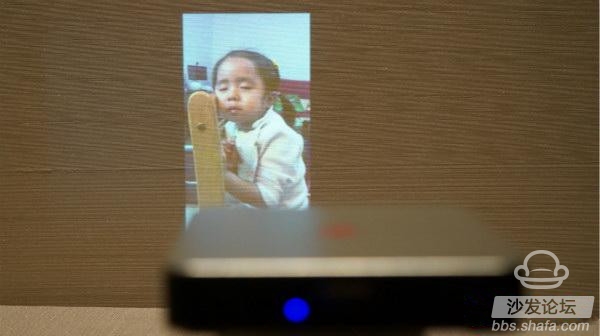
In terms of picture quality, as I said just now, in the standard range, the closer you get, the brighter the more clearly you will see. If you cast far, clarity will be fine, but there will be a noticeable drop in brightness. For example, the following is what I open indoors. When the darker light is projected on the roof, it looks brighter than the naked eye, but it is not as satisfying as it should be:

If you turn off the lights, there is no problem:

However, if you take the near words, there is no problem even if you turn on the lights:
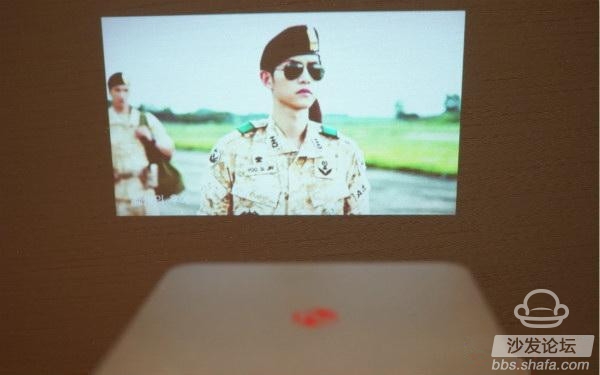
The built-in loudspeaker of PaPa mobile phone projection is not very ideal in terms of sound effects, loudness and exquisite degree have nothing remarkable place, but considering its volume, it is understandable.

In addition to being able to control directly with the mobile phone, the PaPa mobile projector is also equipped with a remote control, you can also control the video playback pause and sound, in addition to before the phone is connected, or directly connected to the U disk, the remote control is the only control method, The built-in UI of the remote control and projection is very simple, and it is not difficult to get started. The fly in the ointment is that both rely on infrared communication. Once you go around the other side of the projection, the remote control is not very easy to use.

Compared to many smart projectors that come with a box function on the market, the PaPa phone projection is a more pure playback device. For such a purely functional product, the price of 1999 yuan seems a bit high. Just like its name, it has a strong dependence on mobile phones. This product line of thought is actually not a problem. After all, video applications in mobile phones are already enough, but the elephants still have to be stable in the connection. The success rate of screencasting is further work. After all, other paths have already been abandoned. This way will have to go well. In addition, I personally still think that it is better to have a shelf and leave the option to the user. Don't let the user think of a solution.

The compact body and aluminum material make PaPa's mobile phone projection look exquisite, and the machine's workmanship can't pick any faults. As a start-up brand, the product looks very satisfying. Although very small, but PaPa mobile phone projection or built a lot of things, such as it comes with Floor Audio, also built a 1900mAh lithium battery, can play up to 1.5 hours of continuous video, and the body is also equipped with Micro USB, Mini HDMI and USB three peripheral interfaces, Micro USB is used to charge, the other two interfaces can be connected to notebooks and other high-definition devices or directly into the U disk.


In terms of wireless connectivity, PaPa's mobile projection supports the Miracast standard common to most Android devices, Apple's own Airplay standard, and the DLNA standard that has been popularized even earlier. These three standards allow PaPa phone projection to work with all Apple devices and most of them. The Android device is wirelessly connected and displays the contents of the user's initiative in screencasting or mirroring the screen on the mobile device. The connection between the mobile phone and the projection is based on WiFi. After the connection is completed, the two-dimensional code of the main interface of the scanning projection can be reacquired.

According to official data, PaPa's mobile projector supports clear delivery of 15-inch to 100-inch screens. It does not support active focusing and requires the user to adjust the clear picture by adjusting the focus wheel on the camera body after the user has set it up. In my actual test, if I want to show very clearly, I can't cast too much, because even if there is no problem with the clarity, the brightness will be too dark.


The previous generation PaPa pocket cinema was equipped with a stand, but perhaps to emphasize the mobile experience more, this accessory disappeared in the PaPa cell phone projector, and there was no shelf to open the package, and there was no hole in the bottom of the machine to receive the shelf. I also Excited, thinking that it can be projected on the side of the table, but I think more... If you put the machine on the table, the screen shot is like this:


So you have to put it on the table and throw it against the wall, or take it and put it up. My family doesn't really have a big wall, so I basically use it like this:

For the stability of the connection, I feel that there is a big relationship with the mobile phone and WiFi environment. For example, when I use it in the company, I don't want to even load the contents of the iPhone 6 Airplay Tencent video, but when I go home, The success rate is much higher (China Unicom 50M broadband), but at home when trying to connect with the iPod Touch 5 is also not loaded, I guess the need for certain network conditions and the hardware conditions of the phone can be successfully used.

However, there are no problems with the local videos and pictures in the broadcast mobile phone, unless the local file is very high in resolution, and occasionally there is a bit of Caton, and the others are still within the acceptable range.

In terms of picture quality, as I said just now, in the standard range, the closer you get, the brighter the more clearly you will see. If you cast far, clarity will be fine, but there will be a noticeable drop in brightness. For example, the following is what I open indoors. When the darker light is projected on the roof, it looks brighter than the naked eye, but it is not as satisfying as it should be:

If you turn off the lights, there is no problem:

However, if you take the near words, there is no problem even if you turn on the lights:

The built-in loudspeaker of PaPa mobile phone projection is not very ideal in terms of sound effects, loudness and exquisite degree have nothing remarkable place, but considering its volume, it is understandable.

In addition to being able to control directly with the mobile phone, the PaPa mobile projector is also equipped with a remote control, you can also control the video playback pause and sound, in addition to before the phone is connected, or directly connected to the U disk, the remote control is the only control method, The built-in UI of the remote control and projection is very simple, and it is not difficult to get started. The fly in the ointment is that both rely on infrared communication. Once you go around the other side of the projection, the remote control is not very easy to use.

Compared to many smart projectors that come with a box function on the market, the PaPa phone projection is a more pure playback device. For such a purely functional product, the price of 1999 yuan seems a bit high. Just like its name, it has a strong dependence on mobile phones. This product line of thought is actually not a problem. After all, video applications in mobile phones are already enough, but the elephants still have to be stable in the connection. The success rate of screencasting is further work. After all, other paths have already been abandoned. This way will have to go well. In addition, I personally still think that it is better to have a shelf and leave the option to the user. Don't let the user think of a solution.